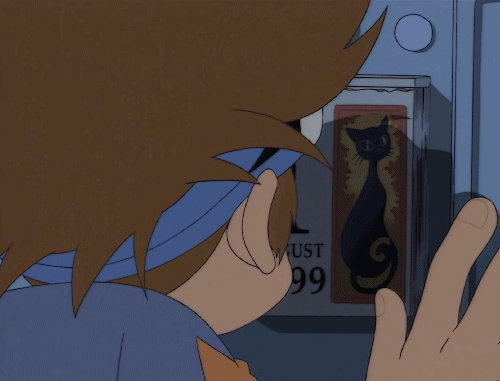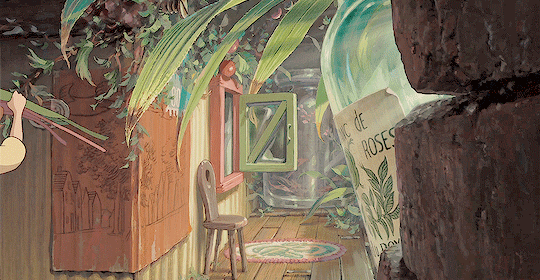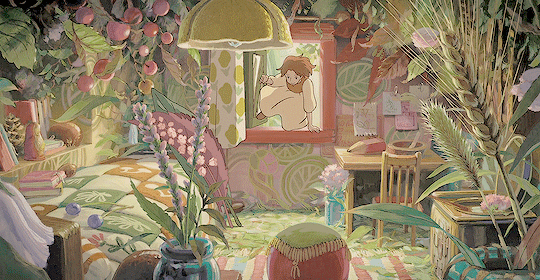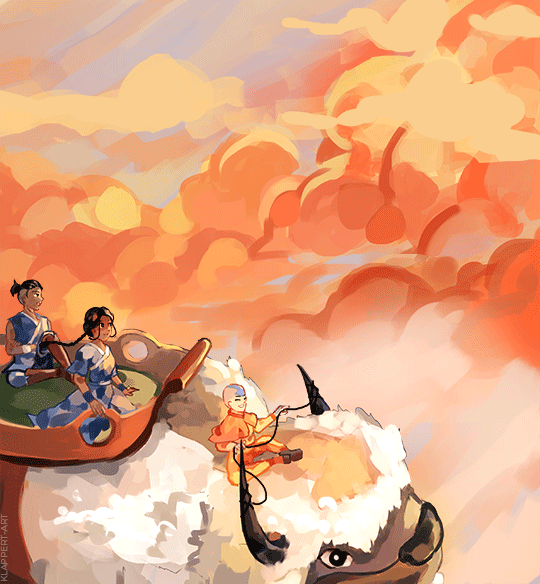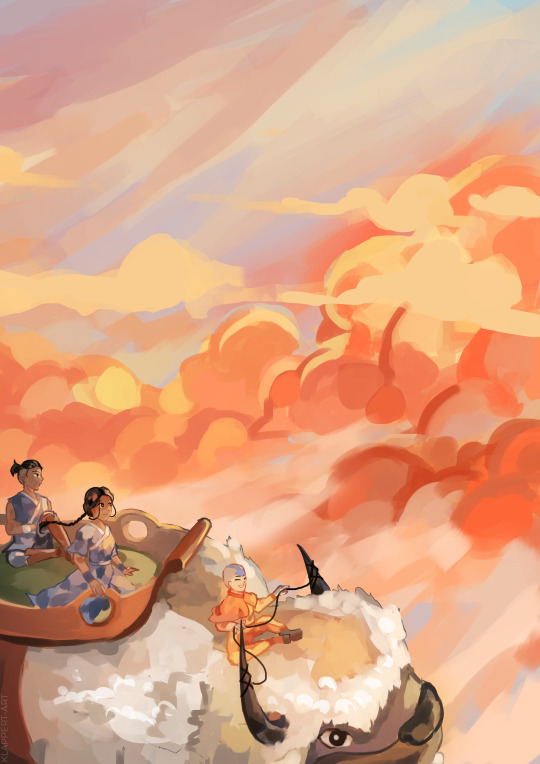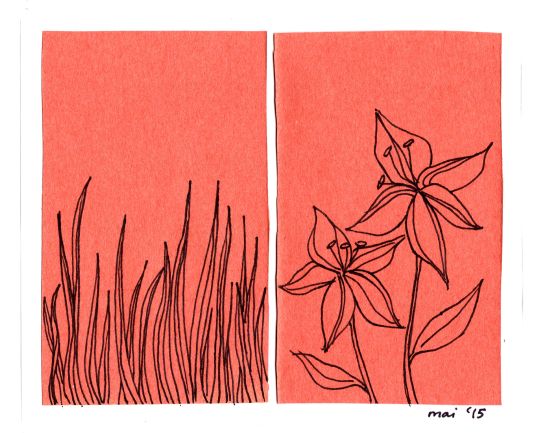Text

Moving out of my parents house today :’)
So I added my current signature above my initials from 20 years ago (i must’ve been 5y/o)
I can’t form the words rn to describe all the memories made here...
I pray some day I will.
0 notes
Photo
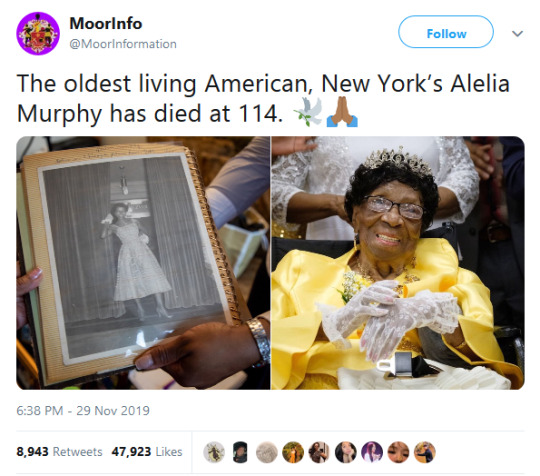


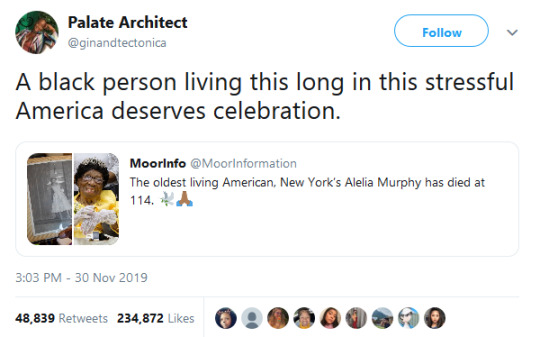
She was born when Harriet Tubman was still alive.
May this gorgeous human being rest in peace!
50K notes
·
View notes
Photo

Waterfall, 1271-1368, Cleveland Museum of Art: Chinese Art
Size: Overall: 83.8 x 36.6 cm (33 x 14 7/16 in.) Medium: hanging scroll, ink and slight color on silk
https://clevelandart.org/art/1972.157
13 notes
·
View notes
Photo

Koro (lid), 1736-1795, Cleveland Museum of Art: Chinese Art
Size: Overall: 19.8 cm (7 13/16 in.) Medium: jade
https://clevelandart.org/art/1942.621.b
13 notes
·
View notes
Photo

Wine Ewer with Incised Scroll Design, 1100s, Cleveland Museum of Art: Korean Art
Many celadons such as this miniature wine ewer were repaired with gold lacquer. Termed kintsugi (literally meaning “gold joinery”) in Japanese, this method of repair highlights broken parts with glittering gold mixed with lacquer. Initiated in 15th-century Japan, the technique follows a popular aesthetic concept called “wabi-sabi,” which finds beauty in imperfect things. Since many Goryeo celadons were considered extremely rare by early 20th-century Japanese collectors, their imperfect condition, which must have been caused by the recklessness of excavation activities, is prominently highlighted, as seen here in the spout and handle, with repair in gold. Size: Outer diameter: 7.2 cm (2 13/16 in.); Overall: 4.2 cm (1 5/8 in.) Medium: celadon with incised and carved design
https://clevelandart.org/art/1928.172
37 notes
·
View notes
Photo

Royal Feast in a Garden, verso of right folio from the double-page frontispiece of a Shah-nama of Firdausi (Persian, about 934–1020), c. 1440, Cleveland Museum of Art: Islamic Art
The painting on the verso of this folio is the first half of a double-page frontispiece now detached from a Shahnama (Book of Kings) manuscript. CMA 1956.10 is the left half of the frontispiece. As though setting the scene for royal stories and activities, these two opening pages of Iran’s national epic present a luxurious gathering in an idyllic outdoor setting. Groups of nobles and international diplomats have come bearing gifts, including costly vessels and hunting animals. At the upper right, seemingly uninterested in the emissaries and gifts, a prince kneels with six royal women under an open tent. He pulls one of them toward him, apparently to coax her to drink a cup of wine. At the bottom a musician plays a harp that has been mounted over a stream, painted with now tarnished silver paint. Drama and intrigue seem to be brewing, given the knowing glances and whispers between figures. Size: Image: 26.3 x 20.7 cm (10 3/8 x 8 1/8 in.); Overall: 32.5 x 22.1 cm (12 13/16 x 8 11/16 in.) Medium: opaque watercolor, gold, and silver on paper
https://clevelandart.org/art/1945.169.b
8 notes
·
View notes

